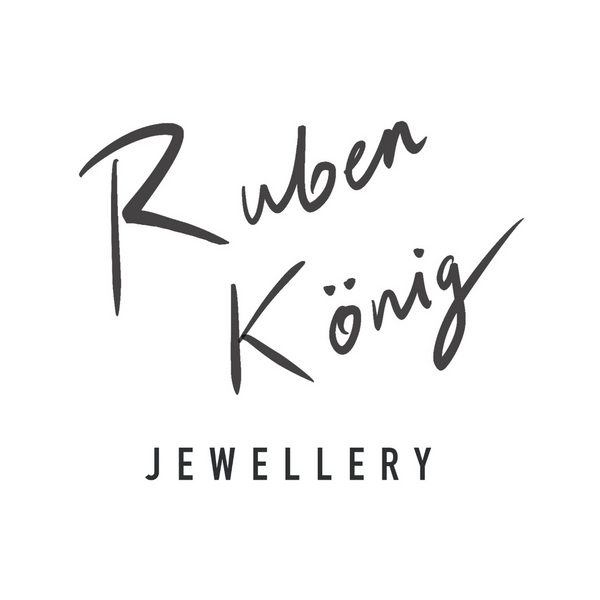Online Jewellery Buying Guide
Buying a piece of jewellery online can be a difficult decision. We've put together this guide to help you understand what you should be looking for
There are certain things you should consider. Be wary of people that are using GIA terminology to describe diamonds but do not fully understand how to use it. It is difficult to evaluate stones when they are already set (mounted), this is because claws or setting edges can obscure inclusions within the stone. The colour of the metal the stone is in can also interfere with the perceived colour of the stone, for example if a warmer coloured stone like a ‘J’ may appear more tinted when set in yellow gold and more ‘colourless’ in a whiter metal. This allows for some people to be a bit liberal with the grades they assign and can deliberately overstate the quality of the stone. Terms like ‘excellent colour and clarity’ do not offer any insight into the actual Colour or Clarity of the stone, since ‘excellent’ is not an industry term to describe colour or clarity, it is a term used to describe Cut, Polish or Symmetry. These attributes are described on an alphabetised scale (D-Z) for colour and a scale of Abbreviations for Clarity (ranging from IF Internally Flawless down to I1-3 Included).
Experienced and educated stone graders will be able to give a good indication of colour and clarity with mounted stones, and we must only ever give the colour we think the stone is and one below, same for clarity which has to be given as a bracket. This way we give a grading that might look like this: J/K SI. This says we think the stone is J colour and falls into a straddled clarity grouping of SI1 and SI2, together we would say ‘SI’ (Slightly Included). A stone can only ever be given one colour and clarity grade if it is assessed loose (prior to setting) by a Diamond Gemmologist or it is a certificated stone (in which case it would have been assessed loose at some point, prior to setting or it may have been removed and reset).
When we talk about the Carat of a stone (abbreviated to ct), what we really refer to is the weight. One carat is equivalent to 0.2g. With an ideal cut stone, this would usually be 6.5mm in a round brilliant. When I give a carat weight it means the stone has been weighed loose prior to setting unless otherwise stated. In some cases where stones are already set, I will give a calculated or estimated carat weight. This means I have measured the stone; Length, Width, Depth, and used a calculation to determine the carat weight, this is very accurate. Be wary of people who describe carat weight with the term ‘approx’, this is basically a polite term for ‘guess’ work.
It is not always necessary to have a laboratory report with a stone. Some laboratory certificates use industry GIA terms to describe colour and clarity but deliberately overstate these factors to make it appear as though you are buying a better stone than you are. This practice is misleading to consumers. For instance one stone may get two completely different grades from two different laboratories.
Let's take the following example based on the same stone;
GIA or AnchorCert might grade this stone as:
Colour: H
Clarity: VS2
Whereas EGL (and others) may overstate the stone as:
Colour: F
Clarity: VVS2
Colour: F
Clarity: VVS2
So as we can see, the same stone could be deliberately over certificated. This problem is rife in the industry. There are two ways to avoid this problem, always buy a stone with a reputable laboratory certificate; GIA, AnchorCert, Gem & Pearl Laboratory London, Gübelin. Or, buy a stone that has been appraised by a DGA, FGA or GG Diamond Gemmologist.
